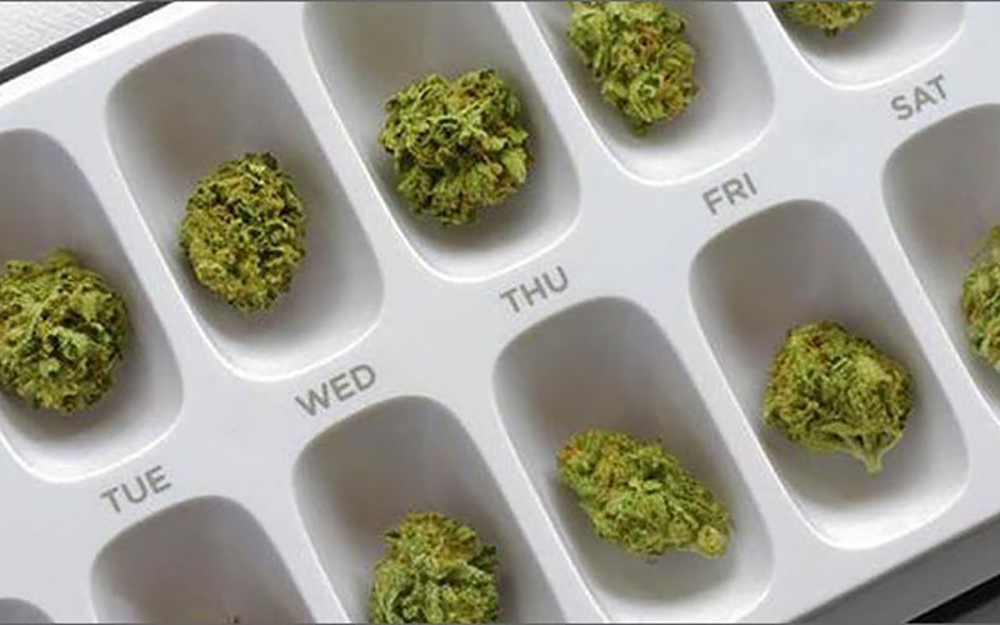
By Cameron Hattan, Co-founder Fiddler’s Greens
Finding the optimal dose of a cannabis product is a very individual and personal journey that involves some trial and error and a willingness to experiment until you find what works best for you. The levels of dosing are as vast as the differing cannabinoid ratios and methods of ingestion, but with a plan and clearly identified treatment goals even the novice cannabis consumer can find the minimal effective dose that will bring them the most beneficial result with the smallest dose and the least amount of undesirable side effects.
There is a wealth of anecdotal information on the therapeutic benefits of cannabis and thousands of studies that provide a framework for which cannabinoids have been successful at treating certain conditions, but it is always a good idea to consult with a physician who is experienced in recommending cannabis and discuss your specific circumstances. As with most things on the internet, there is a ton of misinformation and bad online ‘advice’ provided by well-intentioned people, so it is always a good idea to ‘trust but verify’.
When starting out remember that less can be more. Higher doses don’t necessarily mean better results. There have been studies that show that cannabis can be biphasic in in its effects, energetic and uplifting at lower doses while higher doses can be sedating with more potential for psychoactive effects. Researchers are also seeing what is called a “bell curve dosing”. This means that as the dosage is increased, there is an increase in the therapeutic benefits but only up to a certain point. Once a dosage reaches a certain level for the individual, the benefits decrease as dosage increases and side effects may increase.
“Dosing cannabis is unlike any therapeutic agent to which I was exposed in my medical training,” says Dustin Sulak, D.O., the director of Integr8 Health, “Some patients effectively use tiny amounts of cannabis, while others use incredibly high doses. I’ve seen adult patients achieve therapeutic effects at 1 mg of total cannabinoids daily, while others consume over 2000 mgs daily without adverse effects.”
Most physicians generally agree that for new cannabis users, starting with a low dose of a more balanced ratio of CBD, CBDA, THC, and THCA is well tolerated by most and has been shown to have broad therapeutic effects. Depending on the specific condition you are hoping to treat, your physician may recommend that your cannabis treatment focus on higher doses of specific cannabinoids.
If you are not treating a major health condition and your focus is more on overall wellness and quality of life, here are a few things to keep in mind:
- When managing chronic symptoms, a prolonged low dose therapy can be beneficial. It is being observed that people who have been on long term cannabis treatment over half of them do not medicate every day and a majority of them only take cannabis at night.
- If you are pursuing a THC remedy, 2.5 mg of THC is considered to be a “threshold dose” meaning that it is the dose that will cause some to start to feel the psychoactive effects.
- Starting with a low dose 2x-3x per day can be more effective than taking one larger dose. Gradually increase the dosage until the desired effects are achieved and then take it back down to find the minimum effective dose.
- Many cannabis users take higher ratios of CBD, CBDA, or THCA in the daytime and save the higher doses of THC for the night time use.
- As a guideline, THC exceeding 20-30mg per day or a single dose of more than 10 mg can have unwanted side effects.
- Preclinical studies have shown that full spectrum CBD rich cannabis oil with a small amount of THC is effective at much lower doses and has a much wider therapeutic window than pure pharmaceutical grade CBD.
And, remember…..cannabis is generally a safe and forgiving medicine.








































